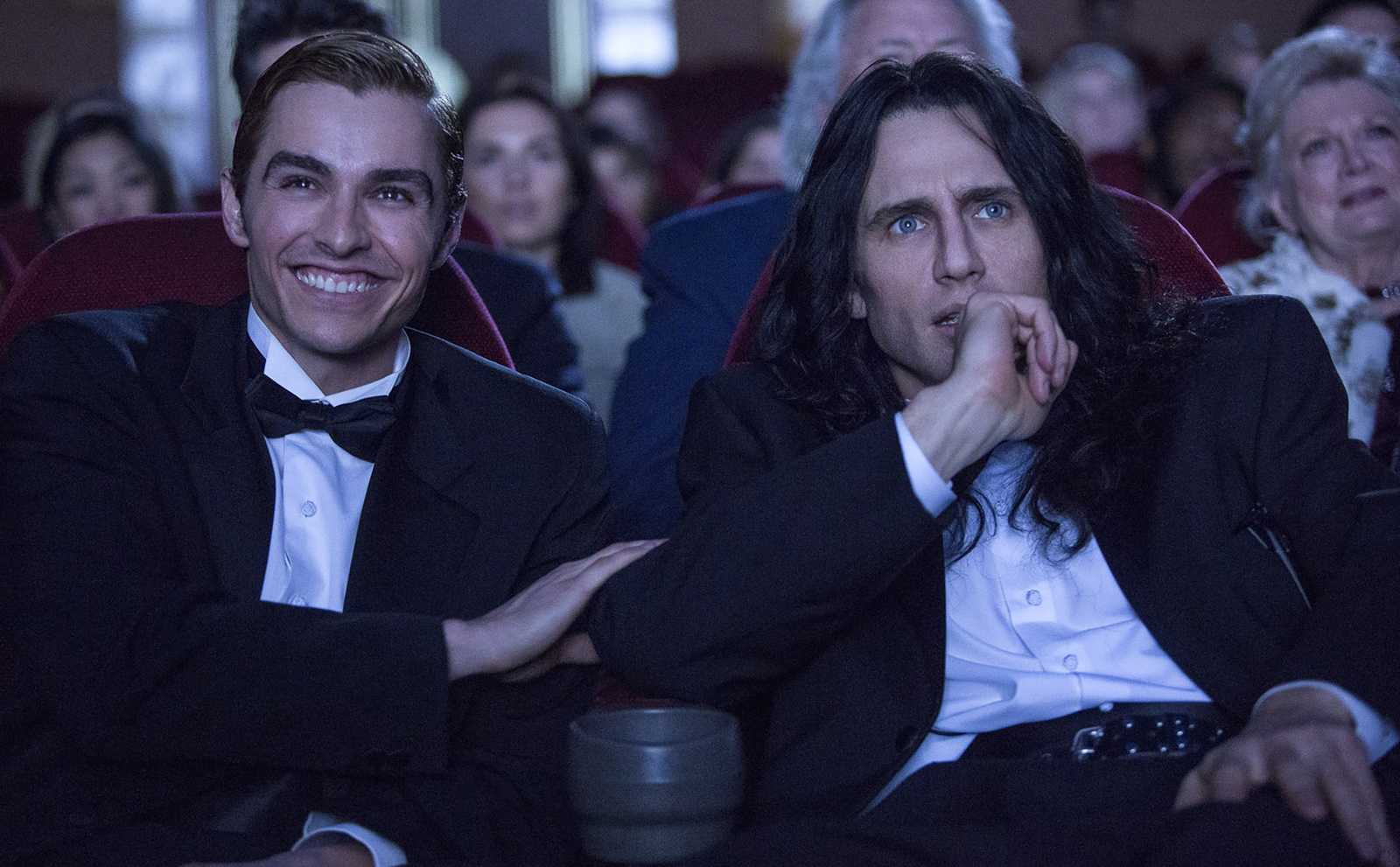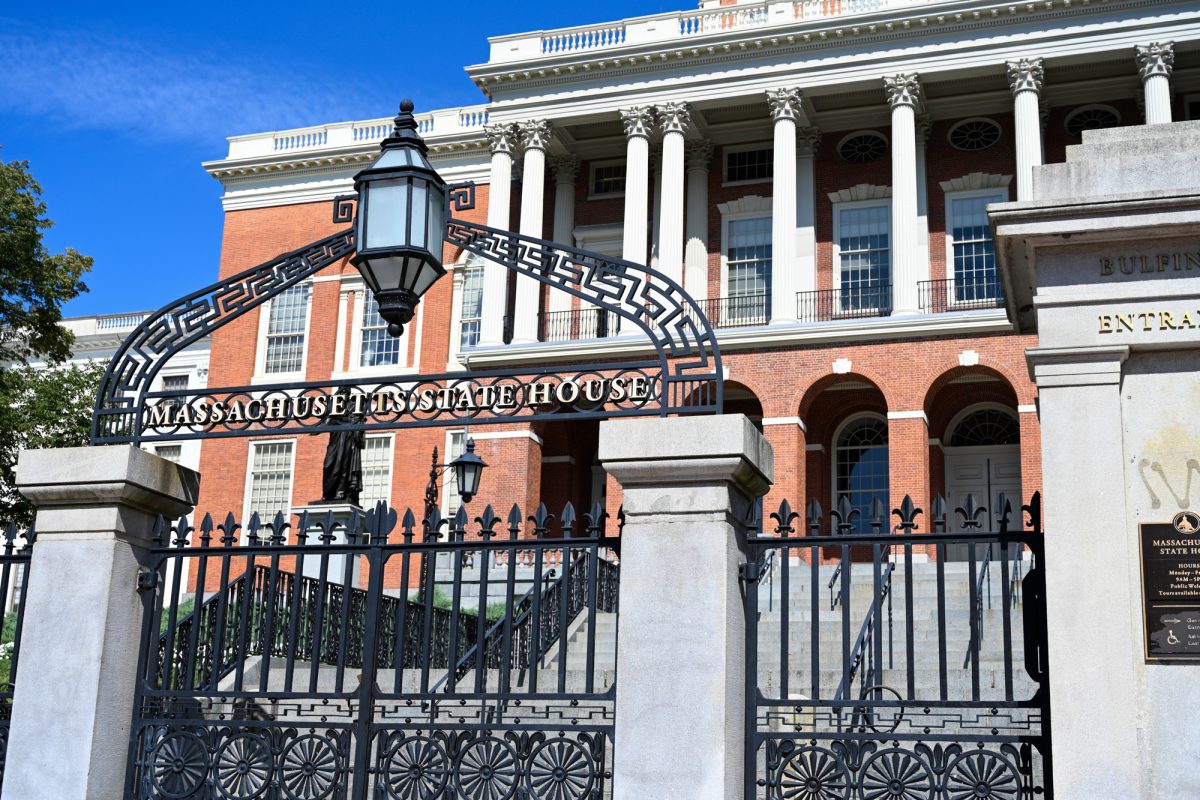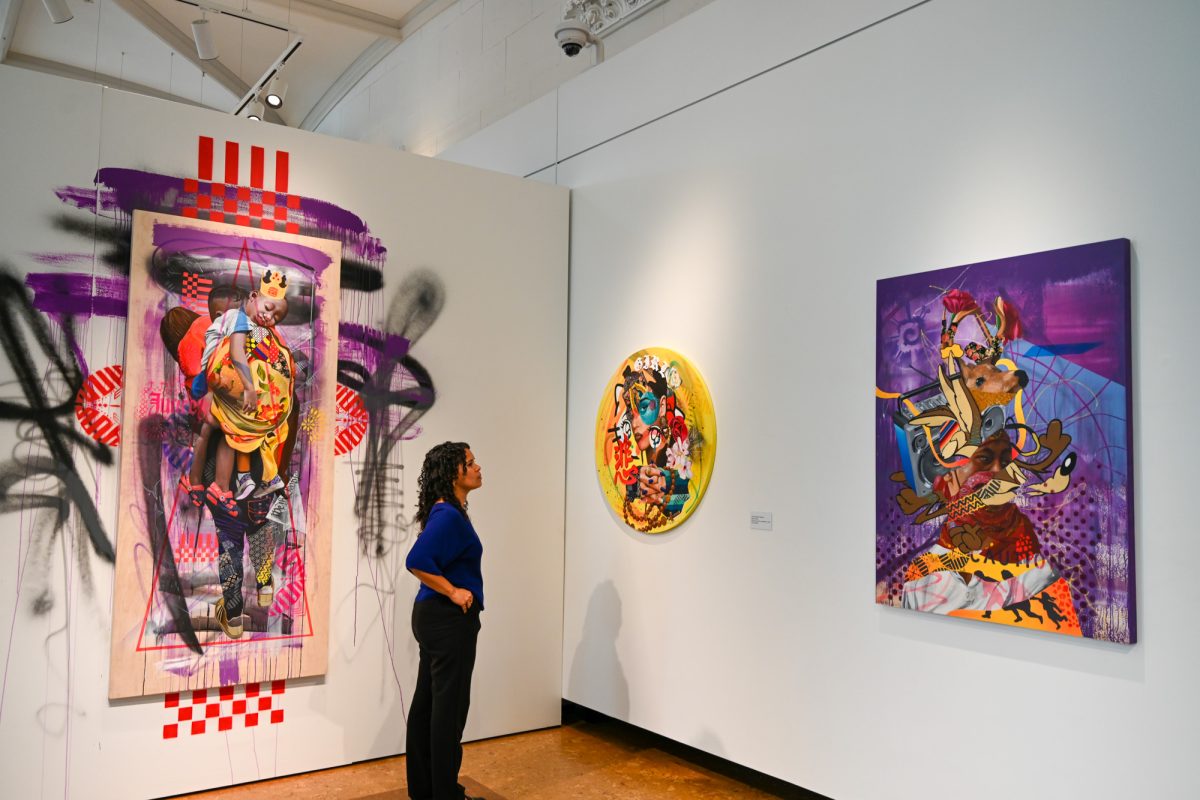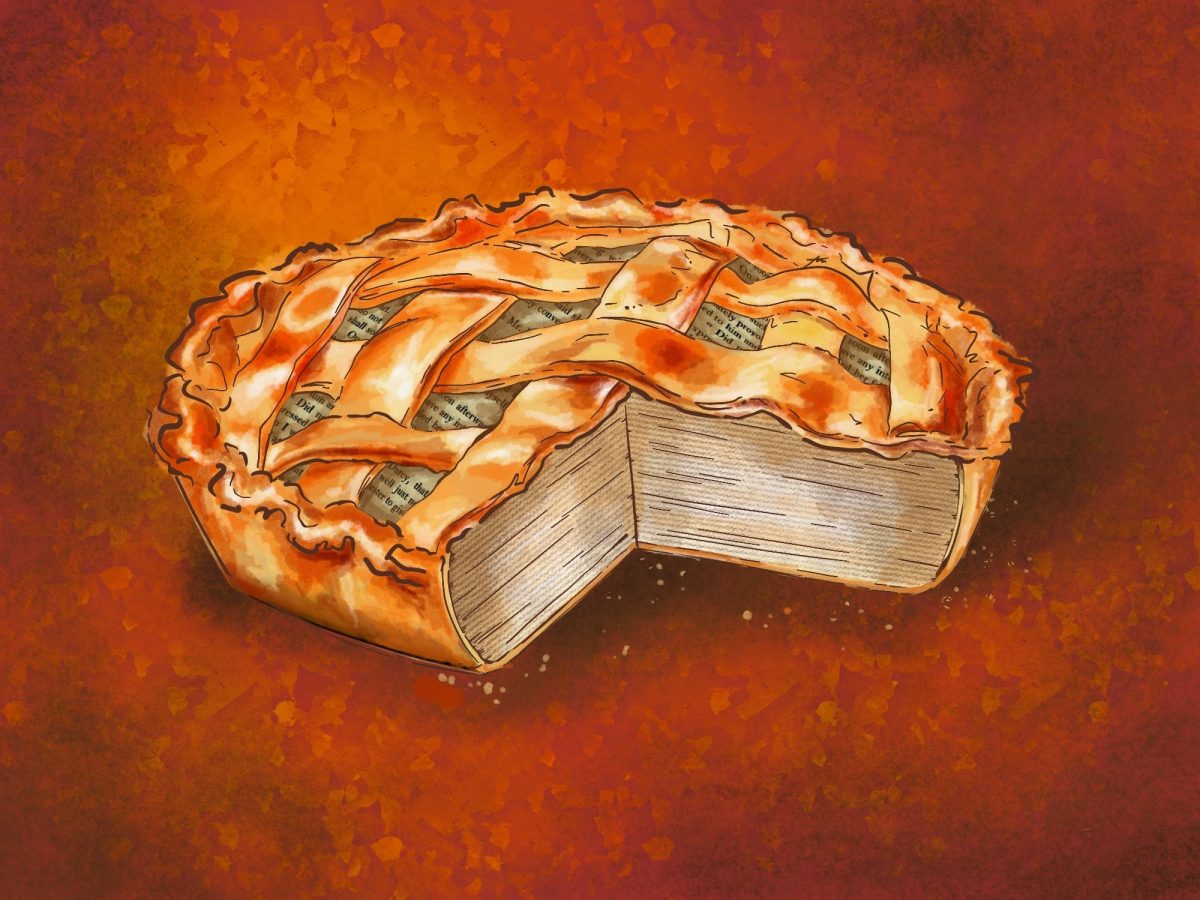How did this movie get made? Who is this strange man who will never

reveal his age, his source of wealth or where he’s from? These are the questions people most frequently ask about Tommy Wiseau’s “The Room” — and “The Disaster Artist” answers them all.
“The Room” is a 2003 film about a “hero,” Johnny, who becomes enraged when his fiancée, Lisa, sleeps with his best friend, Mark. Through awkward dialogue, uncomfortable acting and pretty awful directing, “The Room” was a perfect storm that became a comedic cult classic, and is still heralded as one of the best worst movies ever made.
“The Disaster Artist” is based on Greg Sestero’s novel of the same name, and is about the making of “The Room.” Sestero writes about how Wiseau took him under his wing, cementing a friendship that has lasted to this day. However, the duo’s journey to success not only was very rocky, but also did not end in the way that either one intended.
As the film goes on, it shows how Tommy unravels, and how everyone who worked on set knew in some way or another that no, this movie is not good, but continued to work on it anyway. It focuses on how Greg slowly loses confidence in both Tommy and the movie, and how their relationship changes because of this.
James Franco plays Wiseau, and his impression is almost uncanny in both voice and mannerisms. This could easily be one of Franco’s best roles. He truly seems to transform into Wiseau, to a level he hasn’t reached in many other performances.
Dave Franco plays 19-year-old Greg Sestero, a struggling actor whose nervousness makes Wiseau’s openness about everything that much stranger. The real-life brothers’ off-screen relationship does not translate to the movie. Instead, the characters have the weirdly loving and often uneasy relationship of two stranger-turned-creative partners.
The film also has what seems to be a never-ending list of top-notch actors, including Seth Rogen, Nathan Fielder, Sharon Stone, Josh Hutcherson and cameos from Bryan Cranston, Judd Apatow and Kristen Bell. This somewhat stacked cast looks like a bunch of friends who wanted to make a movie together, creating a great feeling as a whole.
What made the movie so intriguing was how prior knowledge of “The Room” wasn’t completely necessary. Beginning to end, it was just the story of how an unbelievably bad movie was made. The fact that it was shown as a story, instead of being too much of a mockumentary, is what made this film such an enjoyable experience.
While having seen “The Room” isn’t necessary, it does help to enhance the experience — if only because it’s more fun to watch famously terrible lines or scenes recreated almost shot for shot. In this sense, “The Disaster Artist” is a love letter to “The Room” and the cult classic’s biggest fans.
Writers Michael Weber and Scott Neustadter are two incredibly talented writers, having created a surprisingly non-gimmicky story as real as it is funny.
Weber and Neustadter are sure not to spend an hour and 40 minutes just taking cheap shots at Wiseau for being a weird guy, although it was absolutely addressed. They created what felt like real characters in real situations. The film shows Tommy Wiseau struggling with the biggest pain of all: wanting to succeed in a business that doesn’t want anything to do with him.
That’s what “The Disaster Artist” does so well — it doesn’t treat making the movie like a joke as much as it could have. It portrays real emotions and real characters who are struggling with relationships and success. Instead of laughing at Tommy the entire time, even though there’s plenty of laughter, you start to feel bad for a man who is clearly just trying to be loved.
In the end of the film, at the premiere of “The Room,” everyone laughs at the movie, causing Wiseau to run out. When he comes back, he realizes that just because it’s not how he wanted people to react, they’re still enjoying it, and that’s what matters. Even with all the jokes and the silly movie it’s about, “The Disaster Artist” shows how important it is to believe in your own creations, and have confidence in your art.


















































































































